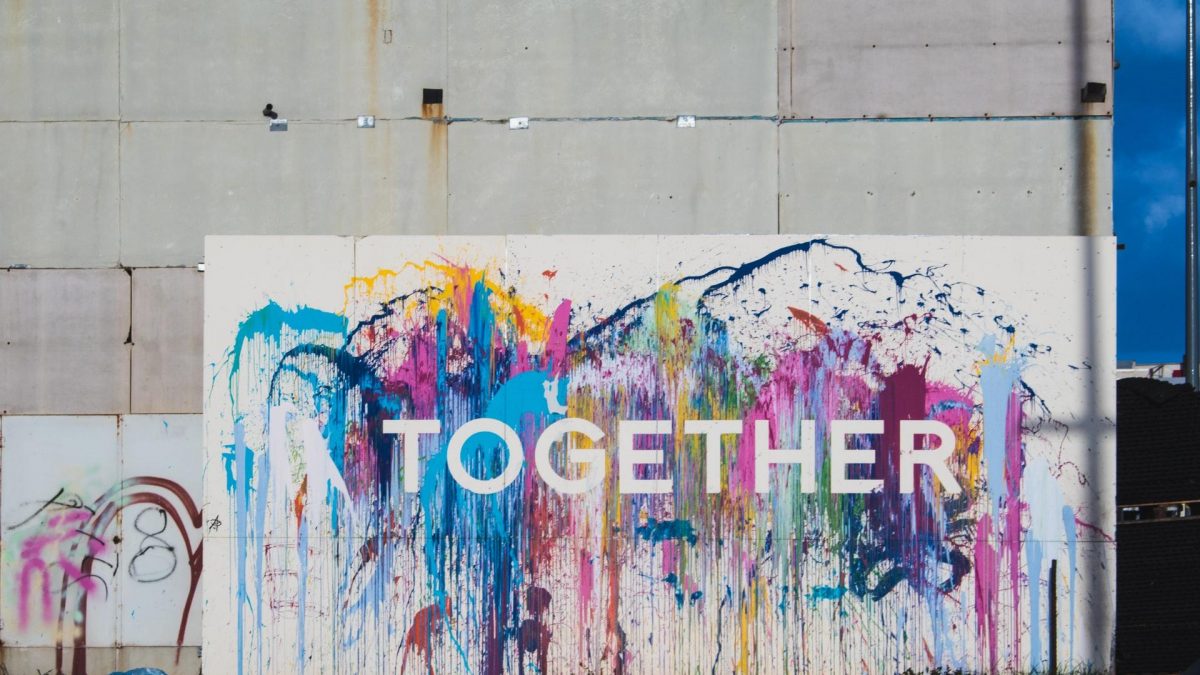By Neha Katote
While attending Together|Ensemble 2022, Canada’s national conference devoted to tracking progress on the U.N. Sustainable Development Goals (SDGs), this past March, I admired Indigenous elder Jean Becker’s powerful opening land acknowledgement. In particular, she emphasized how the driving force of reconciliation is collective caring.
Her words made me reflect upon this concept of caring: a value fundamental in the culture I come from. In India, it is very common for family members to take on caregiving roles that bridge generations. The collectivistic nature of the various communities emphasizes interdependence and trust rooted in care.
Coming from a science, technology, engineering and math (STEM) educational background, I have always been interested in medicine and health from a molecular and physiological perspective. I am also drawn to studying the social determinants of health faced by marginalized communities from various sociological perspectives. I realized I care about SDG 3, Good Health and Well Being, because it allows me to approach health from both scientific and sociologic perspectives.
This led me to the question of how I can show that I care? The “Re-Imagining No One Left Behind” panel at Together|Ensemble 2022 highlighted to me that there are many ways of demonstrating care.
A fundamental value in caring is having a people-first mindset. Aniqah Zowmi, of the Ontario Council for International Cooperation, highlighted how we don’t always have to extract data with mathematical metrics and analytic tools. Rather, we can harness lessons from listening to marginalized peoples’ lived experiences and transform these stories into tools for creating change.
Also, when caring, we must consider how we position ourselves as allies. Aspen Ho, a student at Simon Fraser University, identified how the phrase “Leave No One Behind” implies that people with privilege reach back their hands to offer support. Active allyship means that we must recognize the impacts of our actions when being community supporters.
For example, in an attempt to reduce inequalities, it can be easy for persons with privilege, who are reaching back, to assume they know best what marginalized communities need. Rather than reaching back to give support, you may have to position yourself beside someone or even support from behind.
I think it is also important to consider how we can encourage people to care about a cause. It can be overwhelming to give your all to each cause; burnout is real. A key takeaway from the conference that can encourage people to care (or keep caring) is remembering that the SDGs are not separate goals.
You can’t focus on Quality Education without addressing Economic Growth or Poverty. It’s encouraging to focus on the dynamic intersectionality of the SDGs and understand that the impact of your work, and your caring, can positively trickle into more than one SDG.
 About the Author
About the Author
Neha Katote, graduated from Dalhousie University with an Honours Bachelor of Science in Medical Sciences (’21). She is a Communications Associate at the Atlantic Council for International Cooperation.
Funded by the Government of Canada’s Sustainable Development Goals Funding Program.

